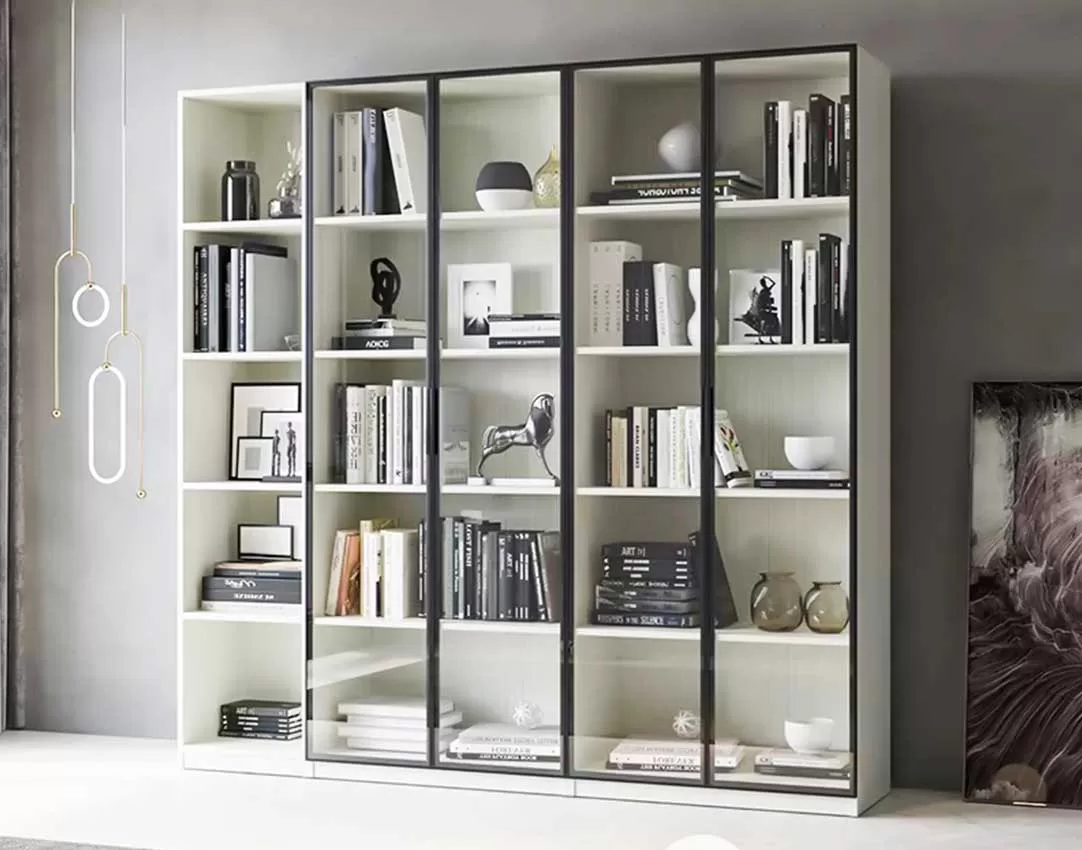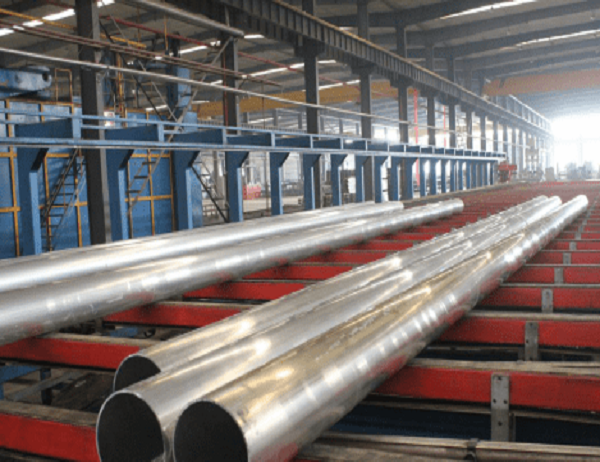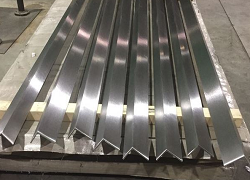In the realm of industrial construction, aluminum profiles have emerged as a versatile and game-changing material. Their exceptional strength-to-weight ratio, corrosion resistance, and malleability have propelled them beyond their traditional applications, unlocking a myriad of untapped possibilities.
Intriguing Design Elements
Aluminum profiles are no longer relegated to structural support; they have transformed into captivating design elements. Their sleek lines and ability to be customized in various shapes, sizes, and finishes inspire architects and designers to push the boundaries of aesthetics. From intricate facades to curved ceilings, aluminum extrusions add a touch of modern sophistication to any space.
Sustainable Eco-Structures
In the face of environmental concerns, aluminum profiles are making a significant contribution to sustainable construction. Their lightweight nature and recyclability reduce transportation costs and conserve energy during installation. Moreover, aluminum’s durability ensures the longevity of structures, minimizing the need for costly repairs and replacements.
Versatile Industrial Solutions
Beyond their architectural prowess, aluminum profiles offer practical solutions across diverse industries. In manufacturing, they streamline production processes as frames for conveyors, automation components, and precision machinery. Their corrosion resistance makes them ideal for marine applications, such as boat hulls and subsea equipment.
Enhanced Healthcare Applications
Aluminum profiles have revolutionized the healthcare sector. Their sterile surfaces and resistance to bacteria promote hygiene in operating rooms and hospital wards. They are also used to create medical equipment such as surgical tables, wheelchairs, and prosthetic devices, providing both functionality and durability.
Breakthrough Aerospace Innovations
In the realm of aerospace, aluminum profiles play a crucial role in aircraft and spacecraft design. Their strength and lightweight nature enable engineers to optimize structural integrity while minimizing fuel consumption. Aluminum extrusions are also employed in the fabrication of satellites, launch vehicles, and other components that endure extreme conditions.
Conclusion
Industrial aluminum profiles have evolved into a versatile and transformative force in a multitude of applications. From groundbreaking architectural marvels to practical industrial solutions, their innovative uses are shaping the future of construction, sustainability, and innovation across diverse industries. As technology continues to advance, the potential for aluminum profiles remains limitless, paving the way for even more remarkable advancements in the years to come.



